- Home
- Paul Doherty
Isabella and the Strange Death of Edward II Page 4
Isabella and the Strange Death of Edward II Read online
Page 4
There were high hopes at his accession. His anonymous biographer declared: ‘Oh, while he was Prince of Wales, what high hopes. All such hopes vanished when he became King.’4 Indeed, the real problem was that Edward didn’t really want to be king. After his father’s death, he clung to the friends of his youth, acted on their advice and ignored the leading barons. In any case, this group of well-armed, well-born ruffians were really no better than their new King. Thomas, Earl of Lancaster, his cousin, was dismissed as rapacious and lecherous. The Earl of Warwick proved himself to be an assassin and the Earls of Surrey and Hereford had few redeeming features. The only exception was Aymer de Valence, Earl of Pembroke, a moderate, faithful servant of the Crown who did good work as a diplomat abroad. In the main, these earls were young men who viewed themselves, with a certain degree of legitimacy, as the King’s natural advisers. Edward delighted in upsetting the status quo: his reluctance to rule and determination to ignore the great barons were clearly expressed in his deep infatuation, even obsession, with Piers Gaveston.
Gaveston was the younger son of Arnaud, lord of a manor near Bearn on the borders of English-held Gascony. He was probably born around the same time as Prince Edward.5 Like the new King, Gaveston had lost his mother at an early age, whilst his father spent most of his life fighting on behalf of Edward I in both France and Wales. In 1296–7 his father had been held hostage in France but escaped and fled to England, probably bringing his young son with him. The young Piers is described as a ‘squire’. Edward I, as a reward for the Gavestons’ loyalty, appointed Piers to his son’s household.
The relationship with Prince Edward blossomed. Whether it was homosexual or not is still a matter for speculation. Piers, like Edward, married and produced a child, Joan. Nevertheless, the chroniclers were unanimous in condemning the King’s infatuation with the Gascon, whom he loved ‘beyond measure’ and ‘uniquely’. The Westminster chronicler refers to Edward II’s love for Gaveston as an ‘illicit and sinful union which led to the rejection of the sweet embraces of his wife’. Another chronicler describes the rumour ‘that the King loved an evil, male sorcerer more than he did his wife, a most handsome lady and very beautiful woman’. The Meaux chronicler is more blunt: Edward was a sodomite and sinned excessively.6 A more charitable explanation is given by the anonymous author of the Vita Edwardi Secundi. He compares the bond between Gaveston and Edward to that of Jonathan for David in the Old Testament, ‘whose love David valued above the love of all women’.7
The sexual nature of their relationship cannot be proved. A more satisfying interpretation lies in comparing the psychological make-up of these two young men. Both lost their mothers in childhood and were left to their own devices. Both had a psychological and emotional void which needed to be filled. Children who are lonely often invent a mythical brother or sister, a close friend whom others cannot see. Prince Edward went one step further: Gaveston had been put into his household as a squire and Edward transformed him into a blood brother. There are many references to this. Edward often called him ‘Gaveston his brother’. He told the barons to stop persecuting ‘his brother Piers’. The Annals of St Paul claim that, because of his excessive love for Gaveston, he called him ‘brother’. Another chronicler states that Edward had been doing this for years, even when he was Prince of Wales.8
No physical description of Gaveston exists but he comes across as an arrogant, ostentatious man – and a foreigner, which made matters worse. Yet he was no court fop. He was courageous and proved his skill as a warrior during the savage war in Scotland. When he was exiled to Ireland, Gaveston brought the wild tribes into submission and executed rebel chieftains. The Irish regarded him as a very noble knight and were overawed by his martial skill and lavish vice-regal status.9 He was also a skilled jouster. At the Wallingford tournament of December 1307, Gaveston rubbed salt into open wounds when he and a collection of nonentities successfully toppled some of the great earls of England in the tourney lists.10
Prince Edward was deeply attracted by this reckless, headstrong young man, who loved to snub his nose at authority. Gaveston also had a tart tongue and caricatured the nobles by bestowing offensive nicknames on them. Thomas, Earl of Lancaster, was dismissed as ‘the Fiddler’; the Earl of Pembroke was ‘a Jew’; Gloucester was ‘a cuckold bird’; and Warwick, ‘the black dog of Arden’. Gaveston considered such objects of ridicule as unworthy of his attention and never let slip an opportunity to put the barons in their place.11 Edward championed him in this. Indeed, he regarded Gaveston as a second king, his joint ruler, being only too willing to share the burdens of the Crown with ‘his brother’.
Both young men lacked the political foresight to realize this situation would never be accepted. However, Gaveston’s recall from exile was one of the new King’s first acts. Edward I died at three o’clock in the afternoon of 7 July 1307. Four days later, the news reached the Prince in London. Not only was Gaveston recalled immediately but, even before he arrived in England, around 13 August, the new King, having issued orders for officials to take care of his father’s corpse, drew up his first royal charter at Dumfries (on 6 August), in which he granted the Earldom of Cornwall to Gaveston, his ‘beloved brother’. A mercer, Geoffrey of Nottingham, was also ordered to supply green and indigo silk to make heraldic arms for the use of the Earl of Cornwall.12 The Charter is a brilliant piece of calligraphy, its borders decorated with the Gaveston eagles. Smaller drawings mingle the heraldic arms of England, Gaveston, Cornwall and, more importantly, de Clare, an eloquent indication of further honours to be bestowed on Gaveston.
Edward was determined to bring Gaveston into the royal family by giving him in marriage his niece, Margaret de Clare, daughter of his favourite sister Joan and her first husband, Gilbert, Earl of Gloucester. The wedding took place at Berkhamsted on 1 November 1307. Edward attended, adding a personal touch by providing the rather generous amount of £7.10s.6d. in pennies to be thrown over the heads of bride and groom when they met at the church door to exchange vows.13
The barons had no say in Gaveston’s meteoric promotion to the Earldom of Cornwall, a title last held by a royal half-brother, or in Gaveston’s marriage to one of the richest heiresses in England. The barons, the papacy and Philip IV had no choice but to accept this rapid sequence of events, which transformed a minor Gascon exile into one of the most powerful men in England.
Other friends and supporters were benefited, though to a lesser degree. Anthony Bec, Bishop of Durham, who had quarrelled with Edward I but shown great favour to his son, was restored to his bishopric. He was also given the task of escorting Edward I’s funeral cortège back to Westminster. There the late King was buried, with due ceremony, under a slab of black Purbeck marble.14 Walter Reynolds, whose acting ability Edward had always admired, was made treasurer. Because of his friendship with the young King, Reynolds would later be promoted to Bishop of Worcester, then Archbishop of Canterbury. Edward did not forget his friends – or his enemies. Walter Langton, Bishop of Coventry and Lichfield, was immediately stripped of all office and possessions and sent for a short sojourn in the Tower.
In the main, such changes were greeted with relief in the happy expectancy of a new reign. The old King had been resented and feared: his constant warring and military expeditions had become a heavy drain on the Treasury and resources. Great things were expected of the young King: ‘God has bestowed every gift on him’, wrote one chronicler. ‘And made him equal to, or indeed, more excellent than other Kings.’ Other commentators were not so sure: they likened Edward I to Solomon and the new King to Rehaboam, Solomon’s feckless heir.15 Robert the Bruce was more perceptive, saying he feared the dead King’s bones more than his living heir. The Scottish rebel was soon proved correct. The great campaign organized by Edward I was called off. Military matters north of the border were left to the competent Earl of Pembroke whilst Edward II, having received the homage of leading barons from both sides of the border, journeyed south.
Philip of France now saw h
is opportunity. The wily King was fostering two plans. The first, to bring the marriage of his daughter Isabella to a happy conclusion: the second, an all-out attack on the Templar Order. Philip’s treasury was bankrupt. For years he’d lusted after the wealth and treasure of this religious order of fighting monks, who owned estates, manor houses, and acted as international bankers throughout Europe and the Middle East. Late in 1307, Philip launched his attack, ordering the sudden arrest of all Templars in France. The papacy, now in exile at Avignon, was forced to agree with this. Philip depicted the Templars as corrupt, obscene, indulging in secret rites and satanic practices. Their leader, Jacques de Molay, put up heroic resistance but could not withstand the furious assaults of the French King which were now sanctioned by Pope Clement V.16 It might be argued that Philip, who laid such emphasis on the alleged sodomititic practices of the Templars, should not have been enthusiastic about marrying his twelve-year-old daughter to a King whose relationship with a favourite was, to put it mildly, highly questionable. But Philip, ever pragmatic, would not have cared about this. Kings had their favourites, their public virtues and private vices, and he himself was surrounded by lawyers, clerks and advisers of relatively humble birth. Such notions had to be subordinate to Philip’s grand designs for his dynasty.
But Philip was to encounter an unexpected obstacle. The new King of England refused to believe, and rejected as lies, the allegations against the Templars. On 4 December and again on 10 December 1307, Edward II proclaimed his views to the rest of Europe.17 Philip was furious. If the Templars had found a champion in the English King then his campaign might be halted and brought under greater public scrutiny. More importantly, Philip, who had vouched for the allegations personally, was being branded as a liar throughout the courts of Europe by a young and inexperienced ruler.
Greater shocks were in store for Philip when he reminded Edward about his obligations to marry the twelve-year-old Isabella. Edward, revelling in the company of his favourite, was in no hurry to honour treaty obligations or enter into connubial bliss. Indeed, he began to question the whole treaty. What profit, he argued, could be had from his marriage to Isabella? Edward II even ignored members of his own council, who strongly advised that such an attitude could lead to all-out war and the loss of Gascony. Philip was nonplussed.
Through his spies and informers Philip discovered that not all of the English royal council were opposed to the marriage. Some were very fearful at the consequences of its repudiation. Philip began to plot and his envoys specifically targeted those of Edward’s council who were advising Edward to reject Isabella’s hand in marriage. ‘Gascony,’ Philip warned, ‘had only been restored to the English Crown because of Isabella: “Et les enfants Qui en naistront”, and the children she would bear.’ He branded as fools and liars those who claimed that the English King would gain nothing by his marriage to the daughter of the King of France.18 No doubt he was referring to Gaveston – the new Earl of Cornwall was a Gascon, whose family had always been opposed to the French Crown.19 Gaveston would have played on the naturally rebellious attitude of Edward, encouraging him to attack and upset his future father-in-law as he had Edward I of England.
Gaveston and Edward II were thoroughly enjoying the game they were playing, and it soon proved to be merely a game. In truth, secret preparations were in hand to comply fully with French demands. By mid-December 1307 Edward realized the game had gone on long enough. Five days after he’d condemned the allegations against the Templars as a lie, Edward ordered their secret arrest and the confiscation of their property throughout his kingdom.20 Preparations were made for the reception of Edward’s young queen. Royal apartments at Westminster were refurbished. The gardens were newly turfed and replanted, fish ponds cleared and restocked. The Queen’s Bridge, a special pier jutting out from the Thames near Westminster Palace, was mended and put in order. Ships and barges were repaired and gathered at the mouth of the Thames to receive the young Queen.21
Edward agreed to meet Philip on Sunday, 21 January 1308. Whether by accident or design, he failed to leave England until the 23rd, still engrossed with Gaveston. To add insult to injury, he proclaimed his favourite Regent of the kingdom during his absence. He arrived at Boulogne on 24 January, three days late to meet his new father-in-law.22 On Thursday, 25 January, Edward and Isabella met at the door of the cathedral church of Notre Dame Boulogne where they exchanged vows and were married. The young Princess’s preparations for her wedding and consequent journey to England were magnificent. A lavish trousseau had been ordered: gold crowns ornamented with gems, precious drinking vessels, dishes, porringers and spoons, wardrobes and chests full of garments made of gold and silver stuff, velvet and taffeta. Six dresses of green cloth, six of green-gold and six of scarlet were included. Besides many furs and costumes, Isabella also brought seventy-two coifs or head-dresses, 420 yards of linen, and tapestries embroidered with lozenges of gold, displaying the arms of France, England and Bourbon.23
Edward was seemingly captivated when he eventually met his young bride. One chronicler even claims he neglected the war in Scotland because of his desire to marry the beautiful Princess as soon as possible.24 The wedding was a major event for European royalty. The guest list included Mary, the Queen Dowager of France, Isabella’s brothers, Louis, Philip and Charles, the Arch-Duke of Austria, the Duke of Brabant and other European nobility.25 On Sunday, 28 January, there was a general wedding feast. On the 30th, Edward acted as host at a great banquet arranged for the French court. The King and his new Queen took lodgings near the cathedral, the rest of his retinue sheltering in canvas tents which had been set up around the harbour town of Boulogne.26
Naturally, Philip IV mixed business with pleasure. He presented a list of grievances to Edward, who retaliated by dismissing them and sending the French King’s wedding gifts, including jewels, rings and other precious articles, back home to Gaveston.27 This led to a bitter row. The French and English lords were tired of Edward’s games: the wedding celebrations were marred by a general manifesto issued by the English nobility, and certainly backed by the French, complaining of ‘certain oppressions’, the opening shot of their later campaign against Gaveston.28
On 2 February 1308, Edward and his new bride left France and landed at Dover on the 6th. Isabella was greeted by the wife of the Earl of Norfolk, the Countess of Hereford, and other noble ladies. Gaveston must have taken great pleasure in issuing the summons himself, deliberately bringing them to Dover at least four days before the new bride arrived, an uncomfortable sojourn in a bleak channel port in the dead of winter.29 As soon as the King disembarked, he ran to Gaveston, embraced him and called him ‘Brother’.30 In an atmosphere of heightening tension, the royal party made its slow progress to London via royal palaces at Rochester, Eltham and London. On 19 February 1308, Isabella was formally lodged in the royal apartments at the Tower from where she would be taken to be solemnly crowned with her husband. By now Isabella’s French relatives were also seething. Her two uncles, Louis of Evreux and Charles of Valois, joined the English barons in threatening to postpone the coronation until Gaveston was exiled. Edward prevaricated and then promised reforms.31
The coronation took place on 25 February 1308 but it was a fiasco. Gaveston, not Isabella, appeared to be the guest of honour. Two London upholsterers received advances of five pounds sterling, ‘for making tapestries with the arms of the King of England and of Piers Gaveston, Earl of Cornwall against the King’s coronation’.32 It was a public insult to the French, who demanded that Isabella’s arms, not some Gascon upstart’s, be arrayed alongside those of her new husband. Further surprises were in store. The coronation of a king and the first wearing of his crown was a very solemn event. Ceremonies such as the carrying of the crown, the bearing of the royal sword, Curtana, and the fastening of the King’s spurs, possessed a symbolic significance: these were always undertaken by leading nobles. However, on this occasion, these ceremonial tasks were given to Gaveston. He carried the coronation crown of the
Confessor. He held Curtana and also fastened the spurs onto the King’s left foot. In appointing Gaveston to discharge these solemn and sacred duties, Edward was proclaiming that his favourite was, in fact, superior to the high nobility, whether of England or France, such as Thomas, Earl of Lancaster, and Charles of Valois.33 Passions ran high; so much so that swords were drawn and a fight nearly broke out during the coronation. According to the chroniclers, only the presence of the Queen and the sacredness of the occasion, prevented bloodshed in Westminster Abbey.
Gaveston, as Regent, had also been responsible for the preparations for the coronation – and his organization left a great deal to be desired. The crowd was not properly marshalled and one man was trodden to death. It was three in the afternoon before the solemn consecration was over and long after dark before the formal banquets got underway. The food was badly cooked and ill-served, yet Edward II didn’t seem to mind. He chose the occasion to publicly insult both his bride and his guests by sitting with the Gascon rather than his Queen.34
It is difficult to understand why, at least from July 1307 to the end of February 1308, Edward II went out of his way to publicly insult everybody he could. The only logical explanation could be that he was at last voicing his resentment, and that of his favourite, at their former treatment at the hands of his father, Edward I. Secondly, Edward was determined that everyone should accept Gaveston as his co-ruler, England’s second king, his blood brother: public ceremonies provided the best stage for this. Edward II may not have deliberately wished to insult a twelve-year-old French Princess. Isabella was, as usual, regarded as a pawn to be used in her husband’s confrontation with both her father and his barons.

 Book of Shadows
Book of Shadows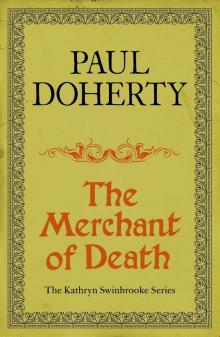 The Merchant of Death
The Merchant of Death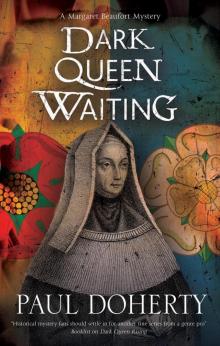 Dark Queen Waiting
Dark Queen Waiting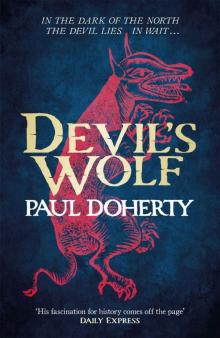 Devil's Wolf
Devil's Wolf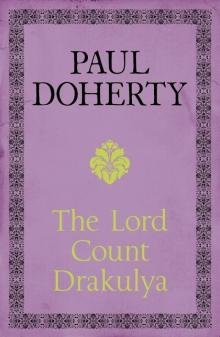 The Lord Count Drakulya
The Lord Count Drakulya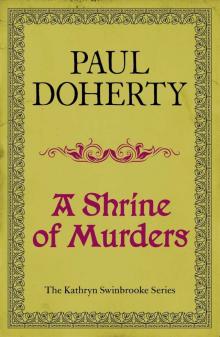 A Shrine of Murders
A Shrine of Murders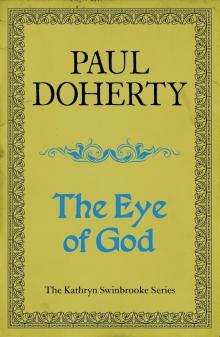 The Eye of God
The Eye of God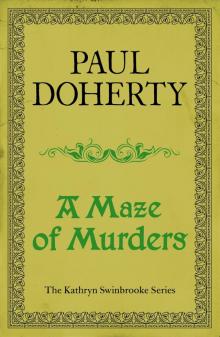 A Maze of Murders
A Maze of Murders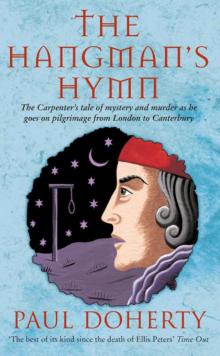 The Hangman's Hymn
The Hangman's Hymn The Godless
The Godless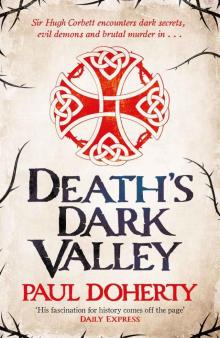 Death's Dark Valley
Death's Dark Valley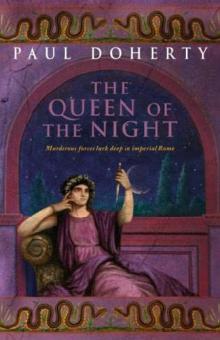 Queen of the Night ar-4
Queen of the Night ar-4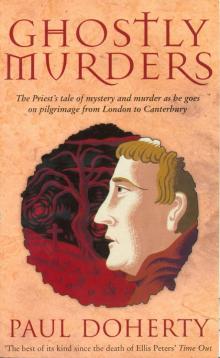 Ghostly Murders
Ghostly Murders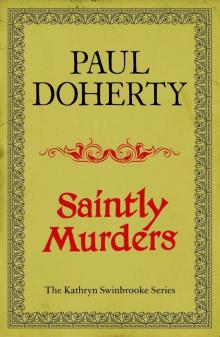 Saintly Murders
Saintly Murders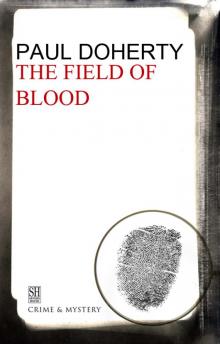 The Field of Blood
The Field of Blood Hugh Corbett 10 - The Devil's Hunt
Hugh Corbett 10 - The Devil's Hunt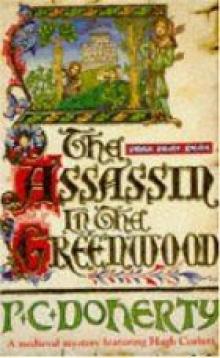 Assassin in the Greenwood hc-7
Assassin in the Greenwood hc-7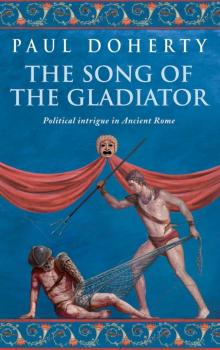 The Song of the Gladiator
The Song of the Gladiator Hugh Corbett 17 - The Mysterium
Hugh Corbett 17 - The Mysterium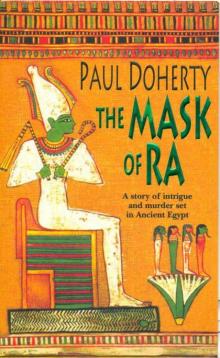 The Mask of Ra
The Mask of Ra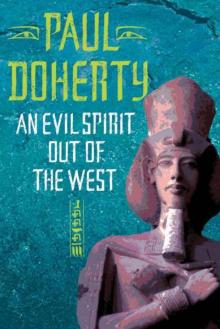 An Evil Spirit Out of the West (Ancient Egyptian Mysteries)
An Evil Spirit Out of the West (Ancient Egyptian Mysteries) Herald of Hell
Herald of Hell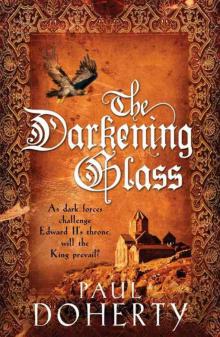 Mathild 03 - The Darkening Glass
Mathild 03 - The Darkening Glass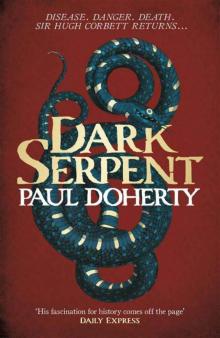 Dark Serpent (Hugh Corbett 18)
Dark Serpent (Hugh Corbett 18)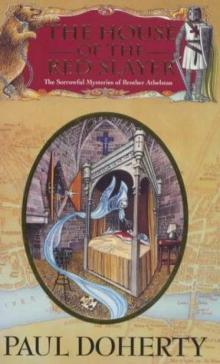 House of the Red Slayer smoba-2
House of the Red Slayer smoba-2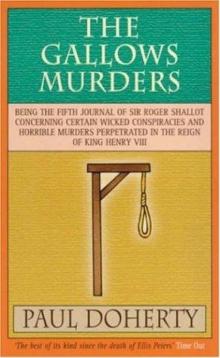 The Gallows Murders
The Gallows Murders The Straw Men
The Straw Men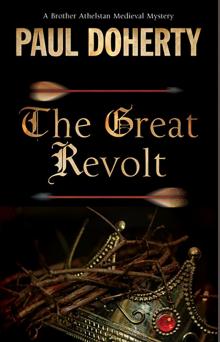 The Great Revolt
The Great Revolt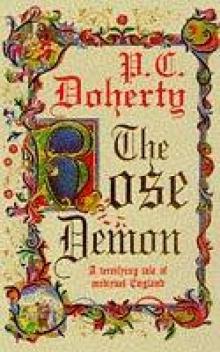 The Rose Demon
The Rose Demon By Murder's bright light smoba-5
By Murder's bright light smoba-5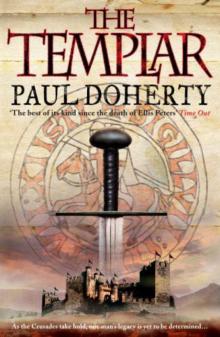 Templar
Templar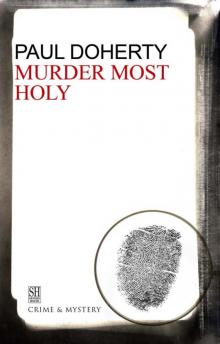 Murder Most Holy
Murder Most Holy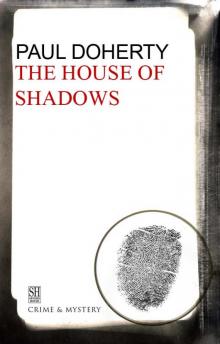 The House of Shadows
The House of Shadows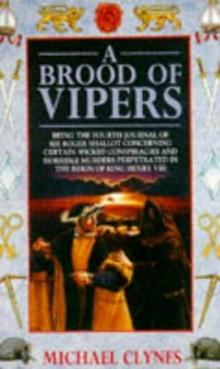 A Brood of Vipers srs-4
A Brood of Vipers srs-4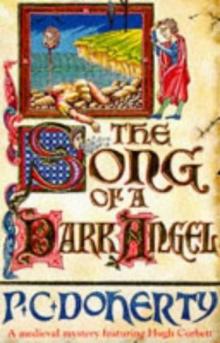 Song of a Dark Angel hc-8
Song of a Dark Angel hc-8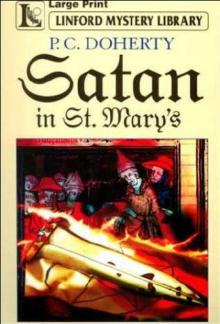 Satan in St Mary hc-1
Satan in St Mary hc-1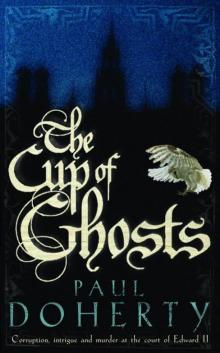 Mathilde 01 - The Cup of Ghosts
Mathilde 01 - The Cup of Ghosts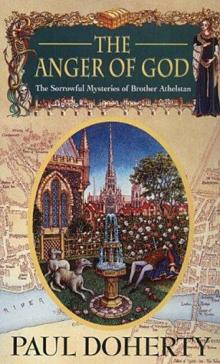 The Anger of God smoba-4
The Anger of God smoba-4 Isabella and the Strange Death of Edward II
Isabella and the Strange Death of Edward II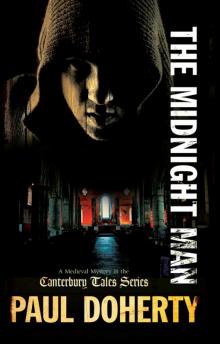 The Midnight Man ctomam-7
The Midnight Man ctomam-7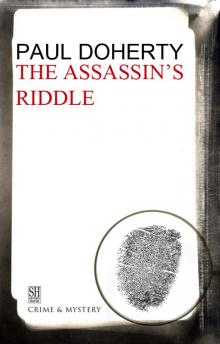 The Assassin's Riddle
The Assassin's Riddle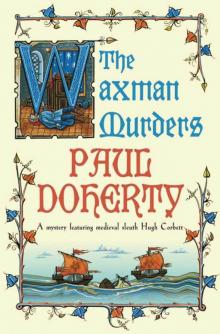 Hugh Corbett 15 - The Waxman Murders
Hugh Corbett 15 - The Waxman Murders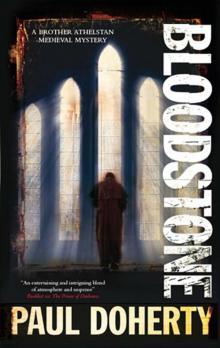 Bloodstone smoba-11
Bloodstone smoba-11 Bloodstone
Bloodstone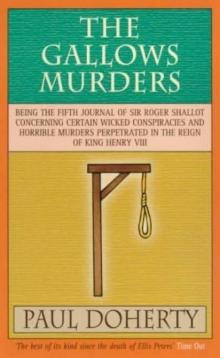 The Gallows Murders srs-5
The Gallows Murders srs-5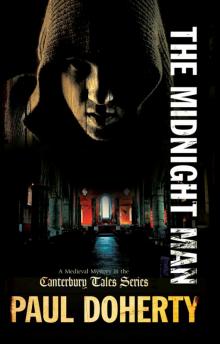 The Midnight Man
The Midnight Man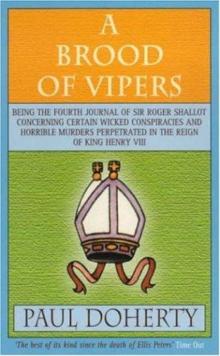 A Brood of Vipers
A Brood of Vipers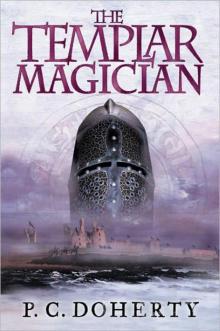 The Templar Magician
The Templar Magician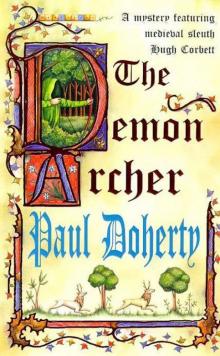 Hugh Corbett 11 - The Demon Archer
Hugh Corbett 11 - The Demon Archer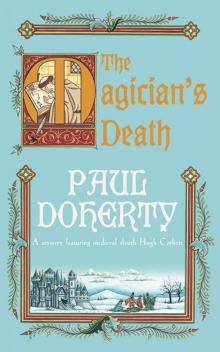 Hugh Corbett 14 - The Magician's Death
Hugh Corbett 14 - The Magician's Death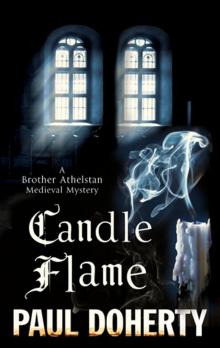 Candle Flame
Candle Flame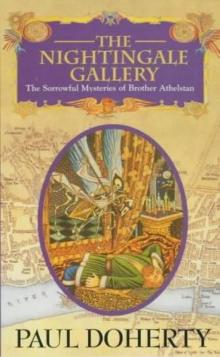 The Nightingale Gallery smoba-1
The Nightingale Gallery smoba-1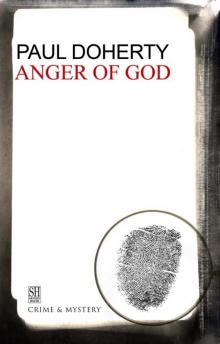 The Anger of God
The Anger of God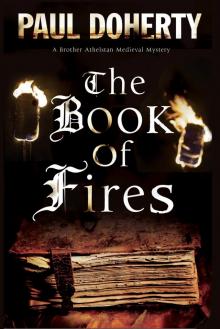 The Book of Fires
The Book of Fires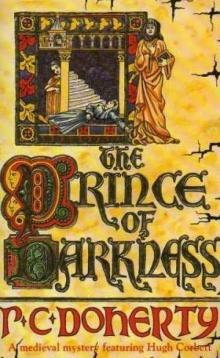 Prince of Darkness hc-5
Prince of Darkness hc-5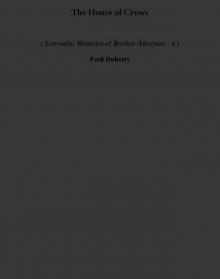 The House of Crows smoba-6
The House of Crows smoba-6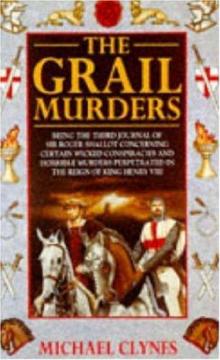 The Grail Murders
The Grail Murders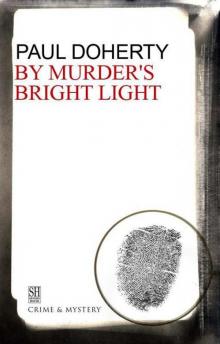 By Murder's Bright Light
By Murder's Bright Light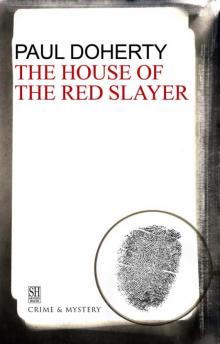 House of the Red Slayer
House of the Red Slayer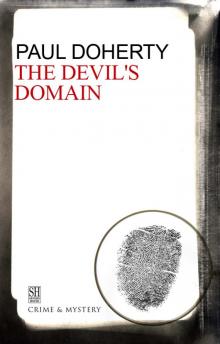 The Devil's Domain
The Devil's Domain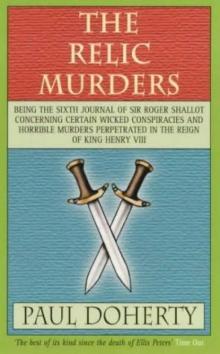 The Relic Murders srs-6
The Relic Murders srs-6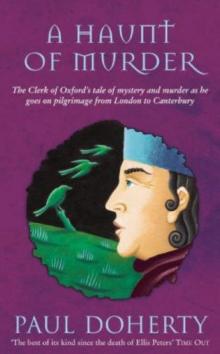 A haunt of murder ctomam-6
A haunt of murder ctomam-6 The Straw Men smoba-12
The Straw Men smoba-12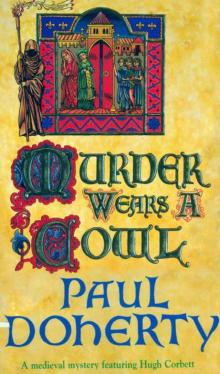 Hugh Corbett 06 - Murder Wears a Cowl
Hugh Corbett 06 - Murder Wears a Cowl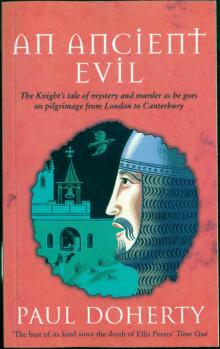 An Ancient Evil (Canterbury Tales Mysteries)
An Ancient Evil (Canterbury Tales Mysteries)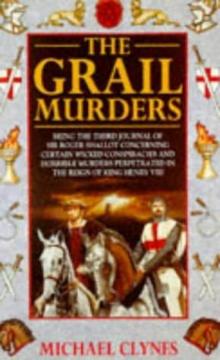 The Grail Murders srs-3
The Grail Murders srs-3 The Fate of Princes
The Fate of Princes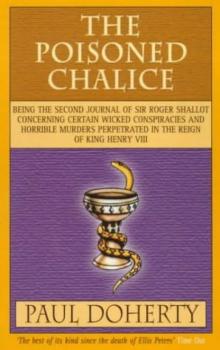 The poisoned chalice srs-2
The poisoned chalice srs-2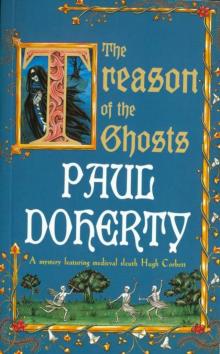 Hugh Corbett 12 - The Treason of the Ghosts
Hugh Corbett 12 - The Treason of the Ghosts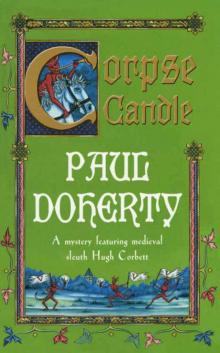 Hugh Corbett 13 - Corpse Candle
Hugh Corbett 13 - Corpse Candle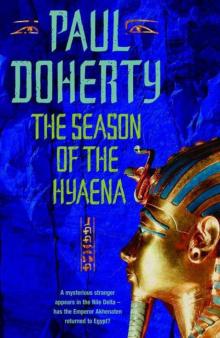 The Season of the Hyaena (Ancient Egyptian Mysteries)
The Season of the Hyaena (Ancient Egyptian Mysteries)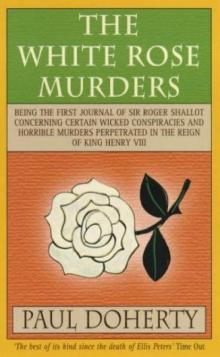 The White Rose murders srs-1
The White Rose murders srs-1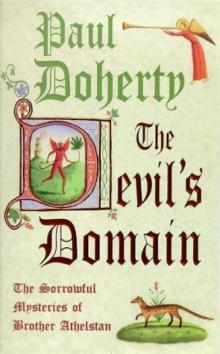 The Devil's domain smoba-8
The Devil's domain smoba-8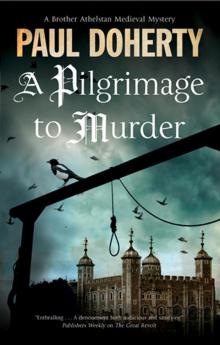 A Pilgrimage to Murder
A Pilgrimage to Murder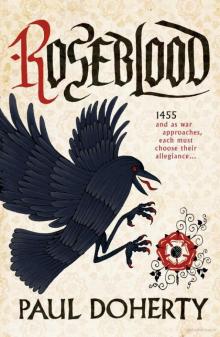 Roseblood
Roseblood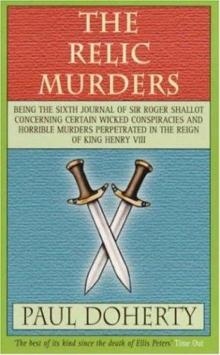 The Relic Murders
The Relic Murders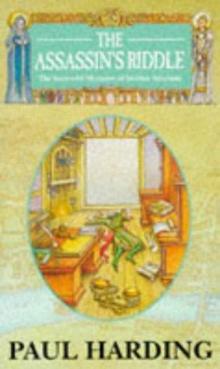 The Assassin's riddle smoba-7
The Assassin's riddle smoba-7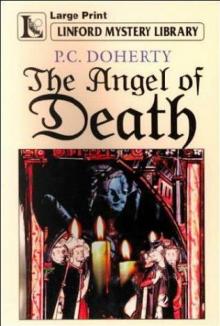 Angel of Death hc-4
Angel of Death hc-4 Dark Queen Rising
Dark Queen Rising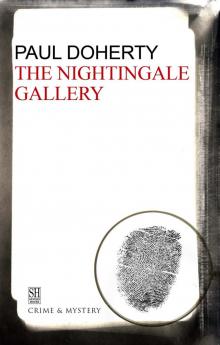 The Nightingale Gallery
The Nightingale Gallery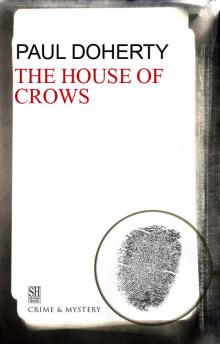 The House of Crows
The House of Crows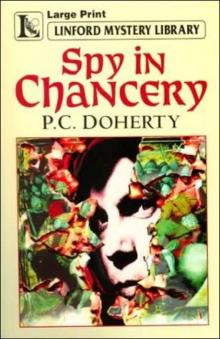 Spy in Chancery hc-3
Spy in Chancery hc-3